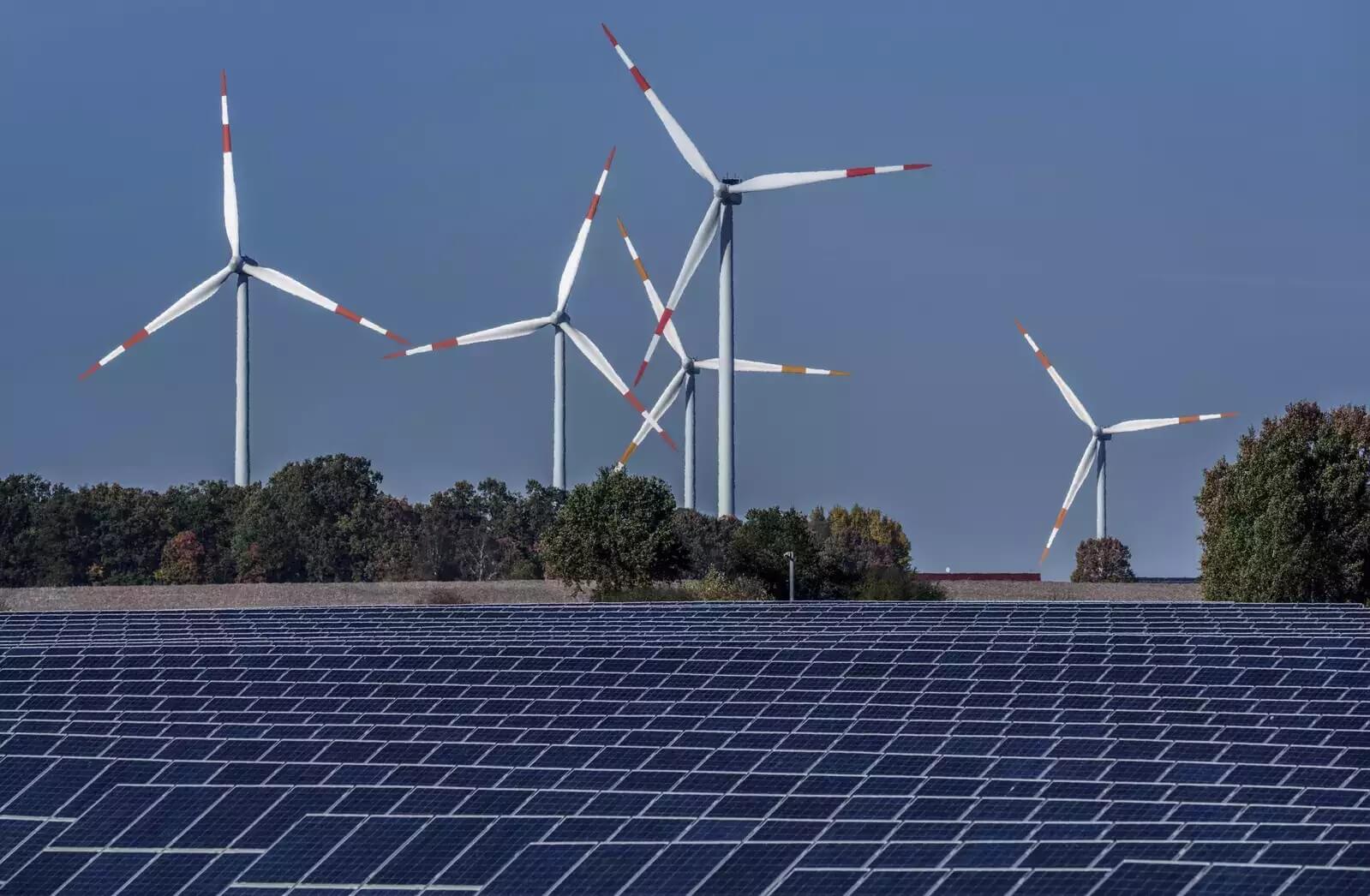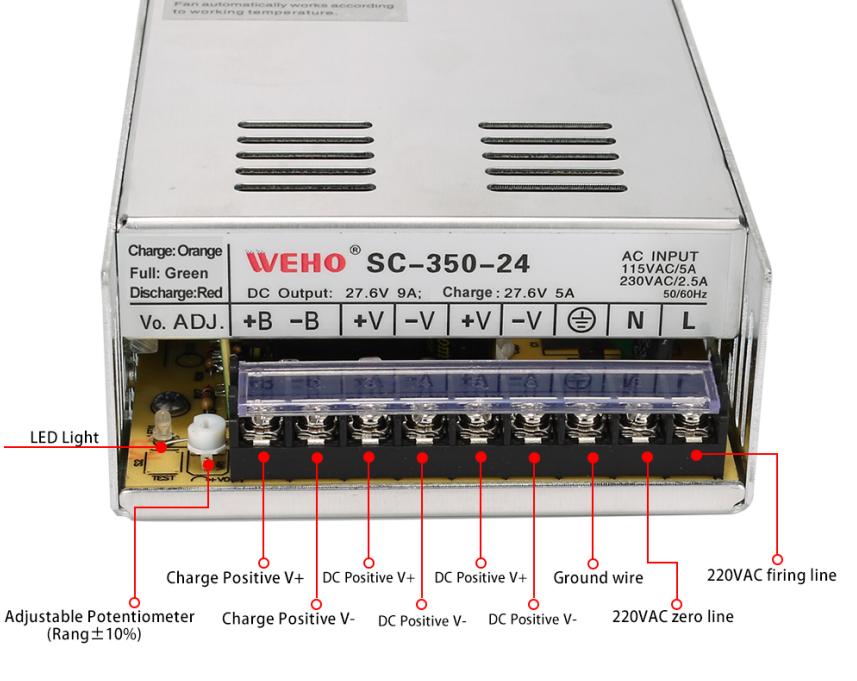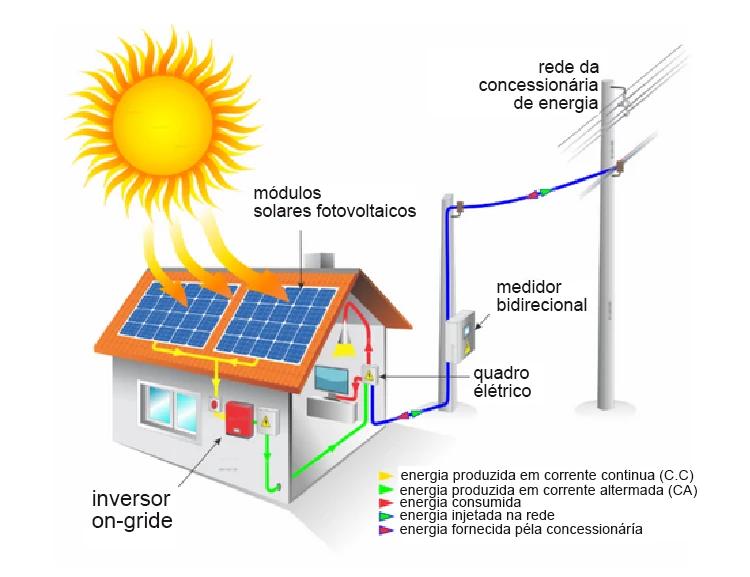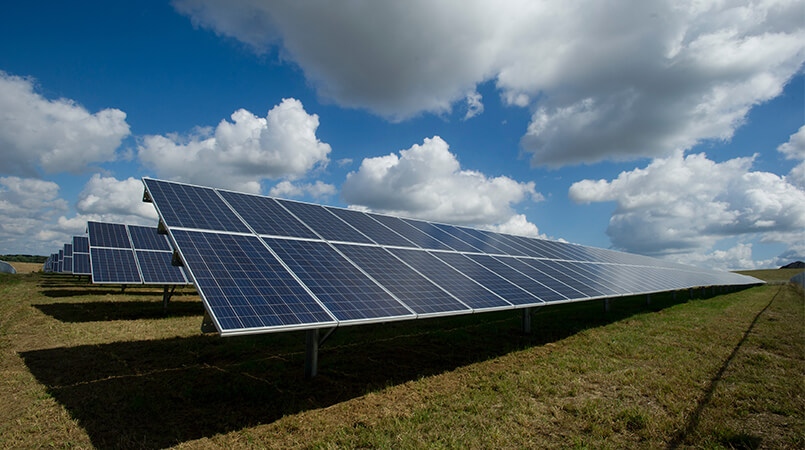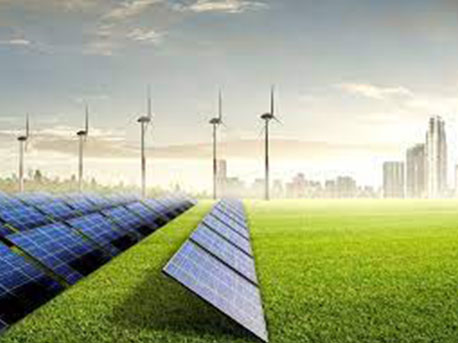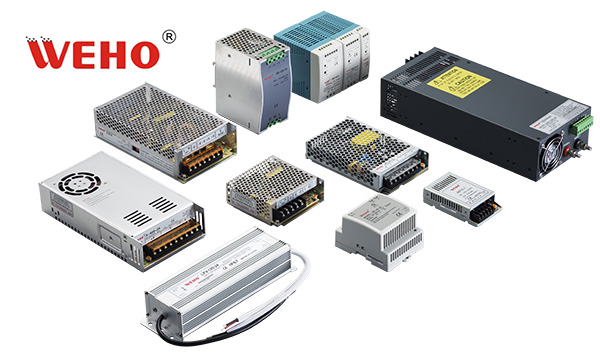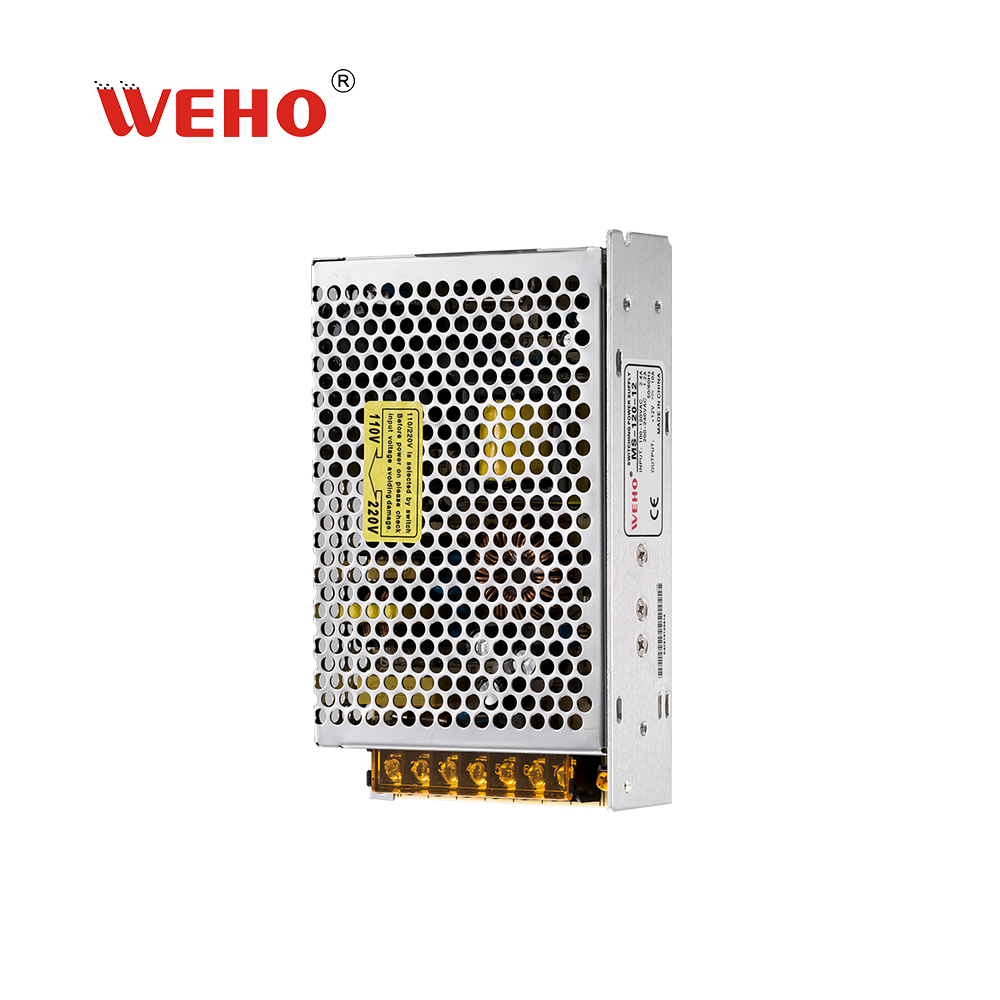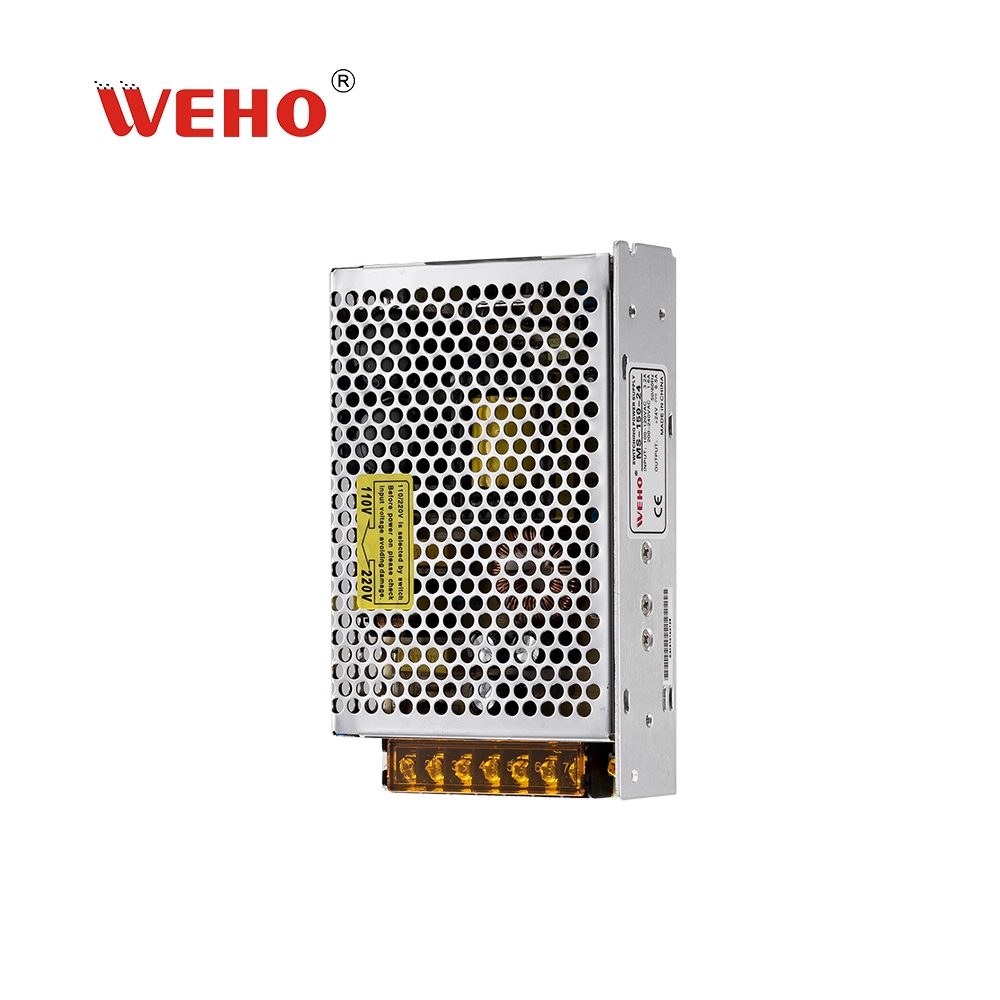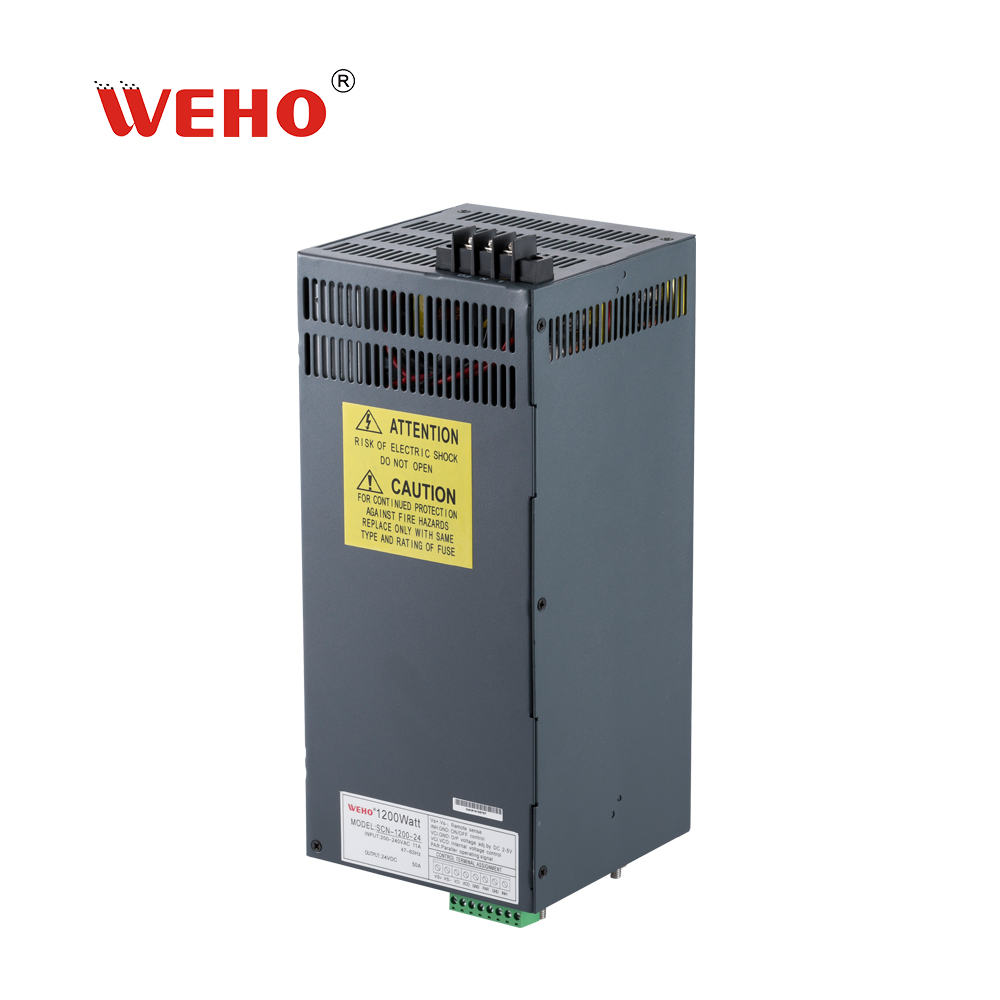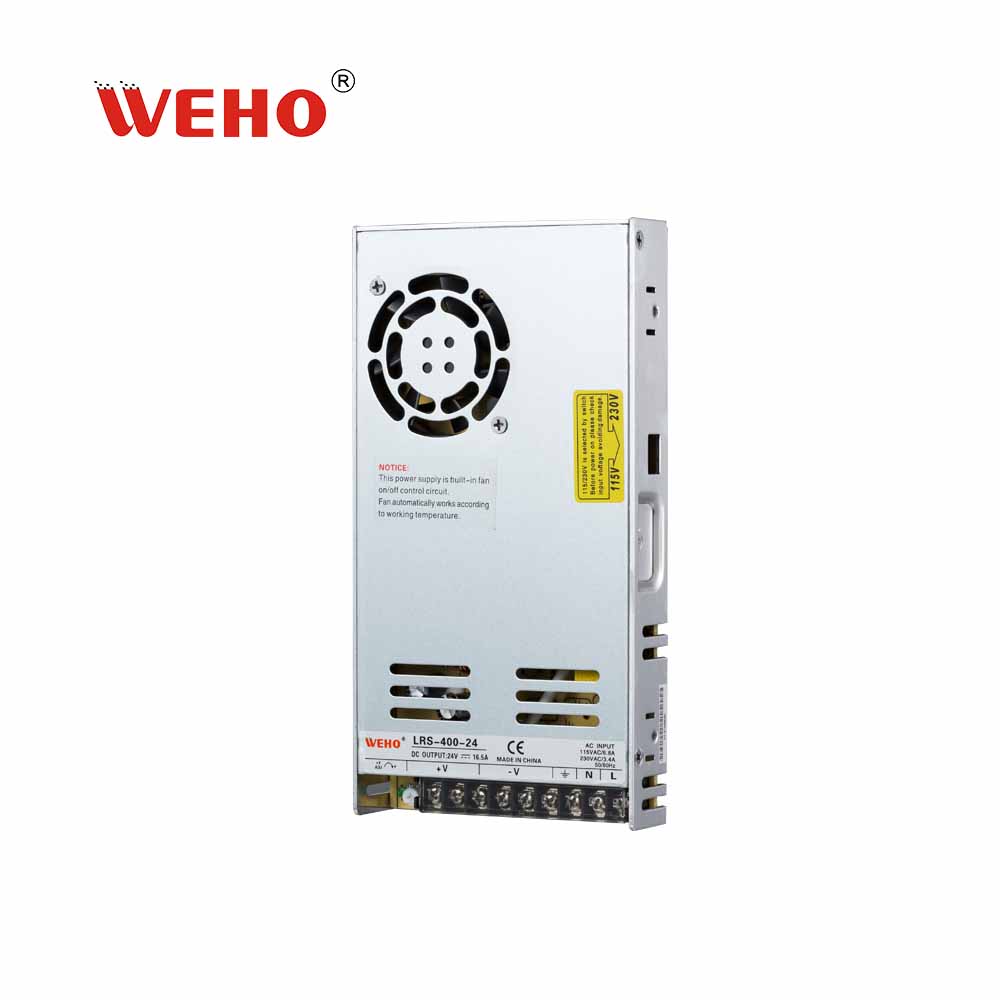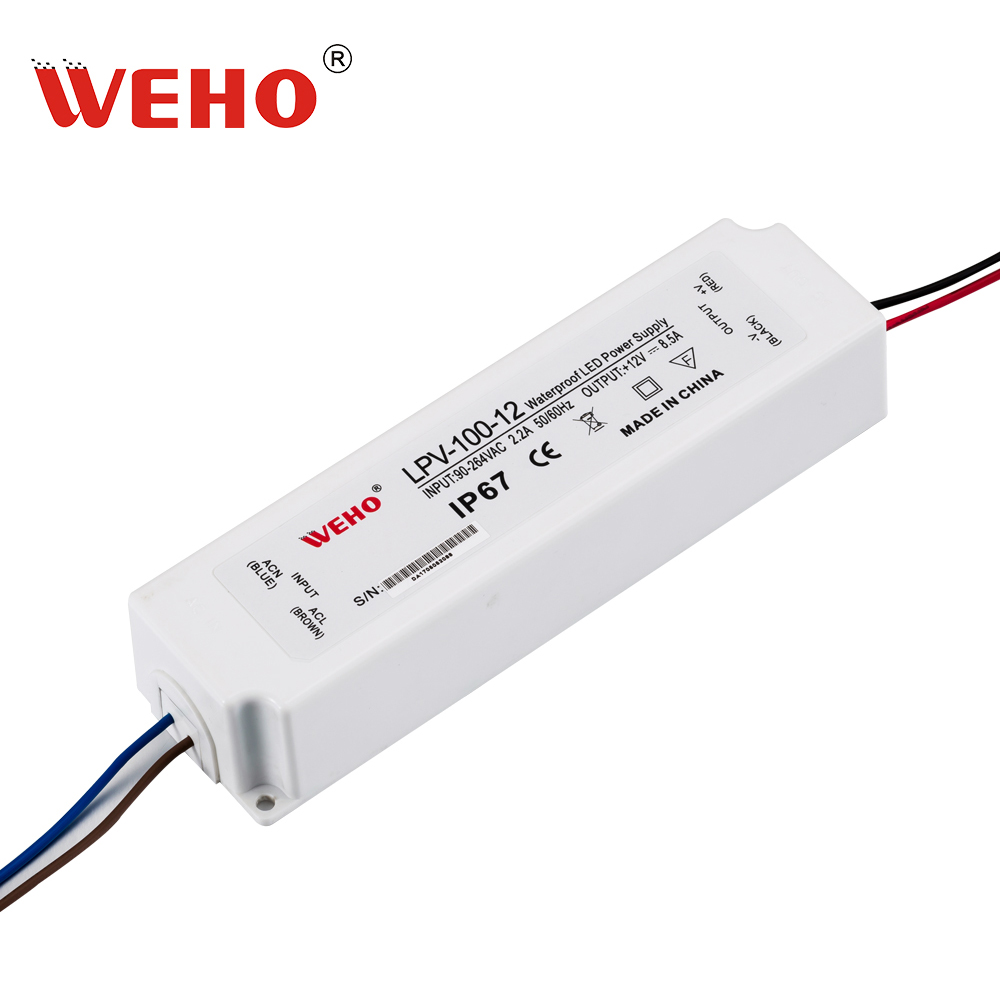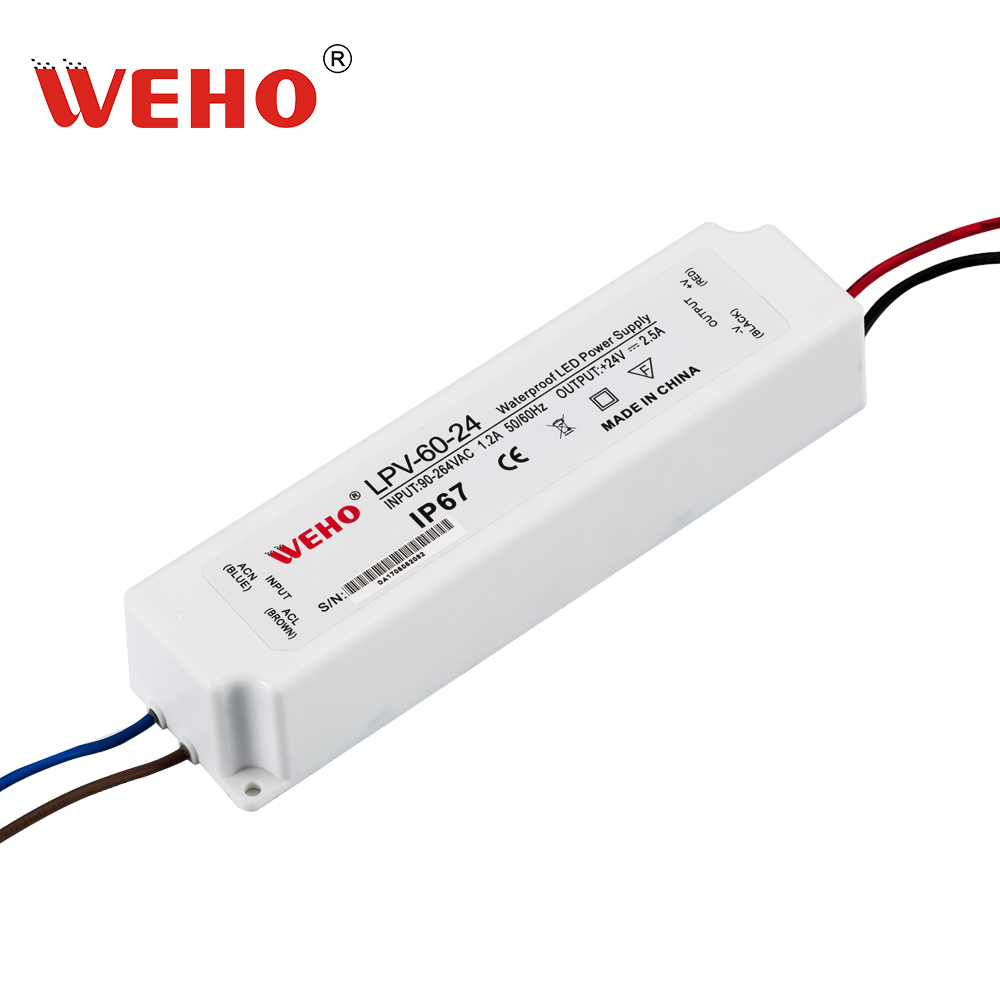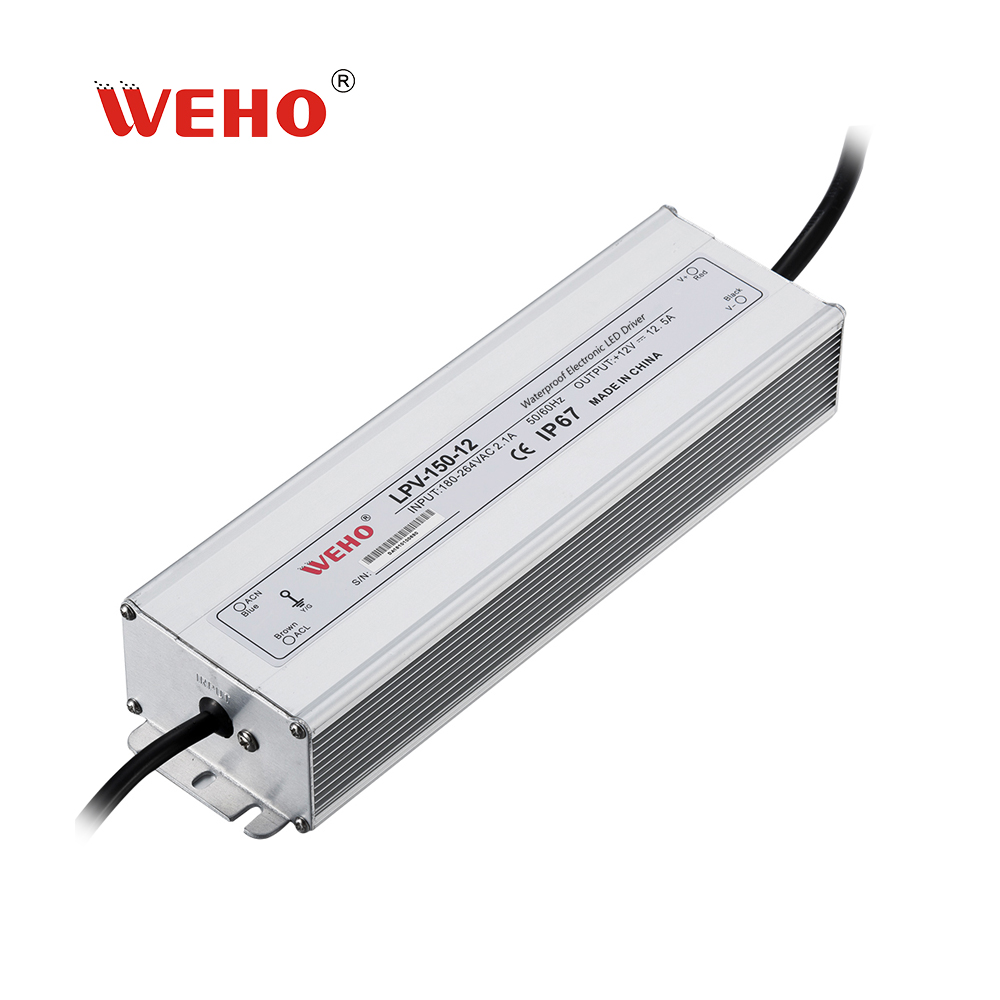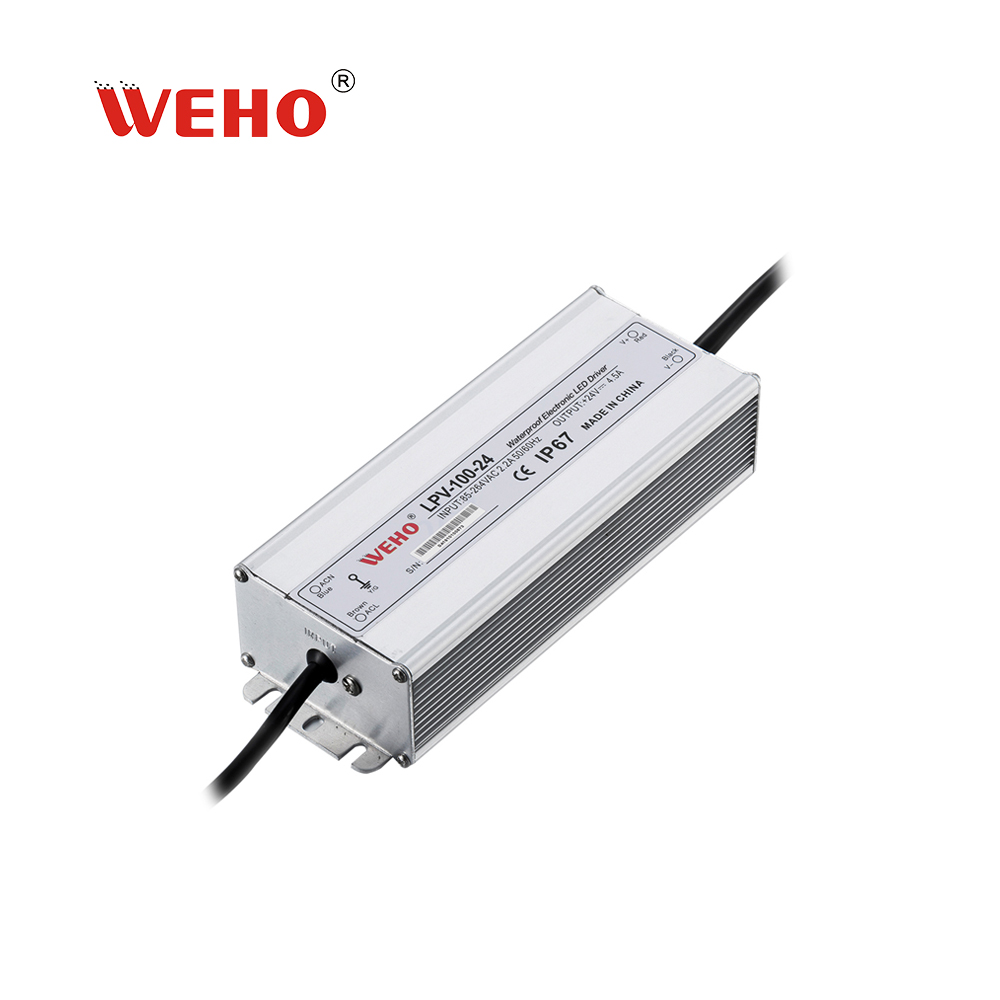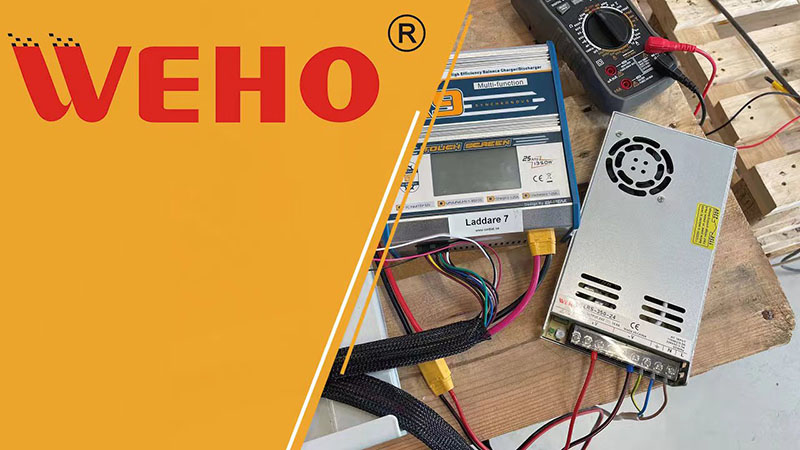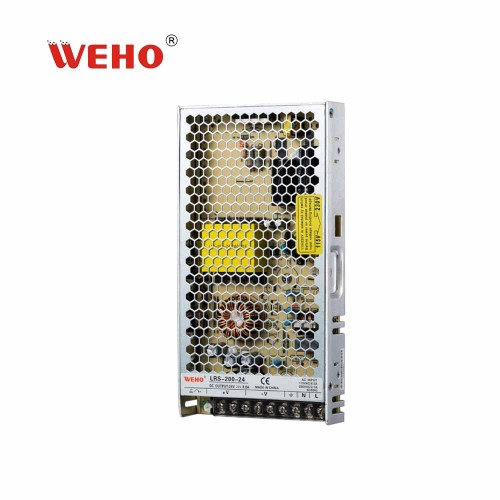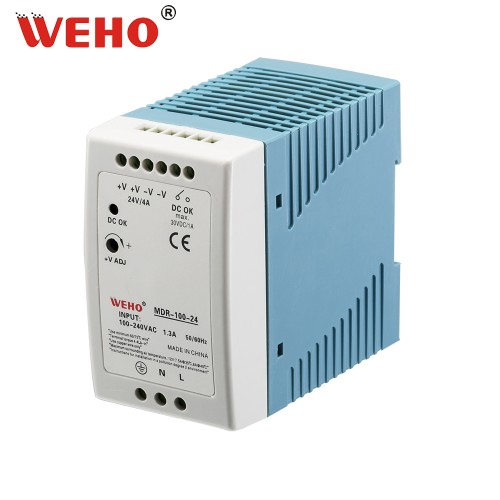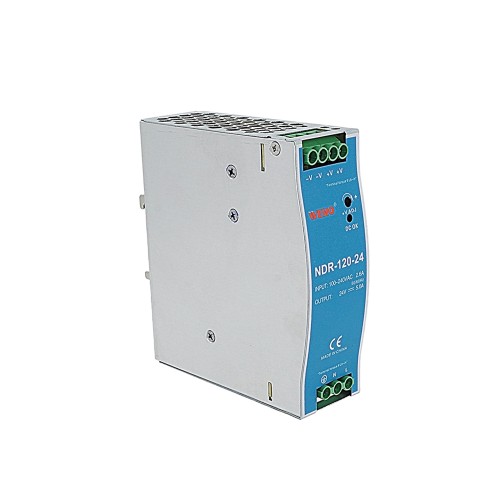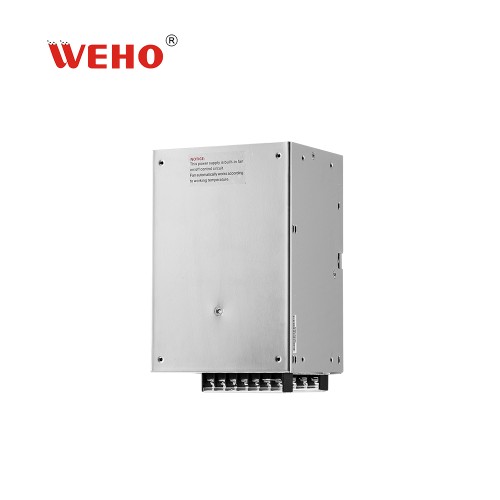Advantages of AC/DC Switching Power Supply Over Linear Power Supply
The demand for more efficient and dependable power solutions has fueled the growth of AC/DC switching power supplies in the industry.
A significant trend in the industry is the rising demand for smaller form factors. With the increasing compactness and portability of devices, there is a growing requirement for power supplies that can accommodate limited space constraints. This miniaturization trend is particularly pronounced in sectors like wearables, where considerations of size and weight are crucial.
An additional notable trend in the field is the incorporation of advanced technologies into AC/DC switching power supplies. One particular technology that stands out is gallium nitride (GaN). GaN-based power devices provide superior switching speeds and lower power losses compared to conventional silicon-based alternatives. These power supplies offer enhanced efficiency and are capable of operating at higher frequencies, resulting in quicker response times and reduced electromagnetic interference.
Furthermore, the utilization of digital control in AC/DC switching power supplies is increasingly prevalent. Through the application of digital signal processing technology, power supplies are able to attain more accurate regulation of voltage and current waveforms, resulting in enhanced efficiency and performance.


